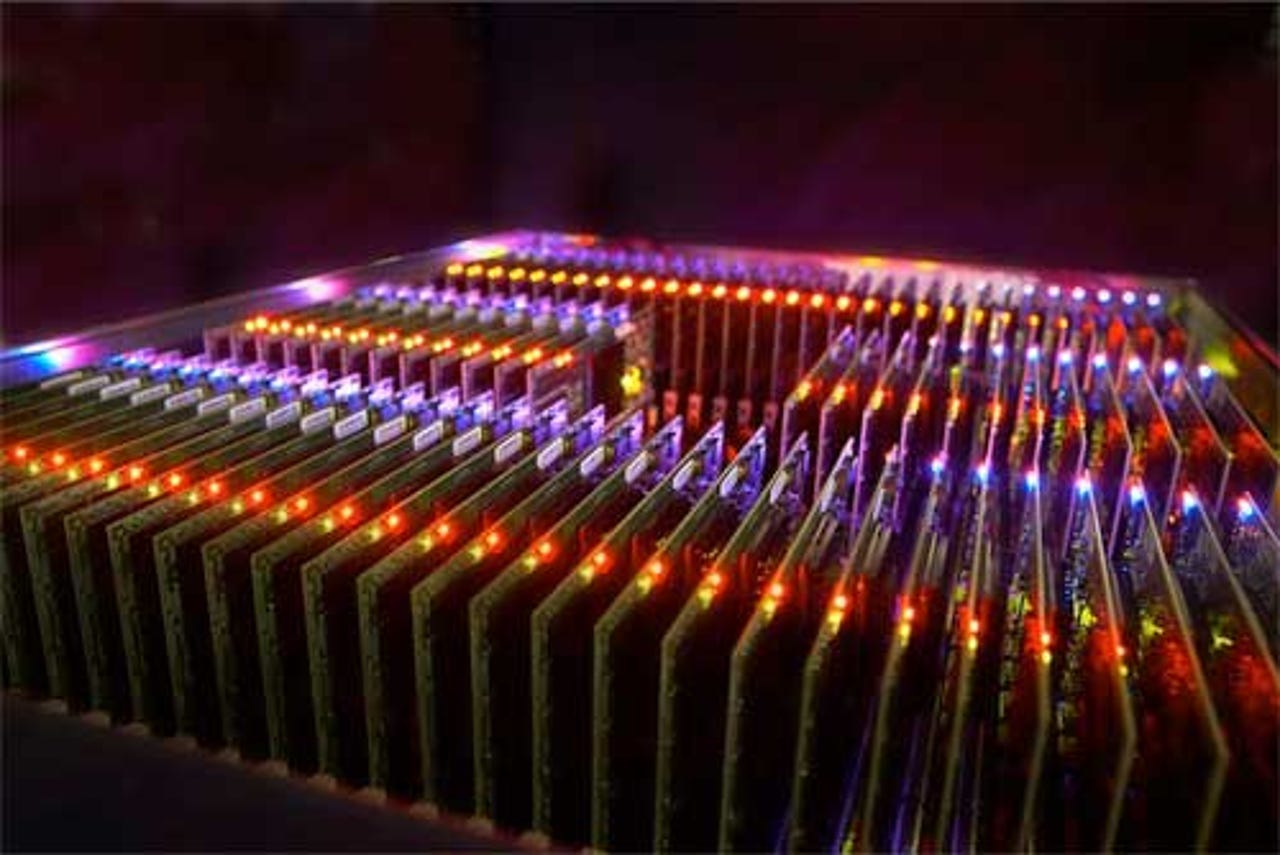Top 10 SSDs: Not all storage devices are created equal

For a while it seemed everyone with a garage and a soldering iron was in the SSD business. Buy a controller, flash chips on the spot market, lay out a PC board and voila! you're golden.
Any SSD will outperform a hard drive for booting or application startup. But as the market matured users discovered that not all SSDs were created equal - and some vendors fell by the wayside.
STEC's stock price boomed then busted as its enterprise SSDs rose and fell. OCZ is hurting. Several controller vendors have been bought up - Sandforce by Sandisk LSI, for example - and others like Anobit went to system vendors like Apple.
Some vendors make a big deal out of the fact that they manufacture their own flash - and that doesn't hurt. But a number of SSD vendors have investments from major drive or chips vendors that give them the heft they need to get good parts.
Buying advice: While it is tempting to go for the highest data rates, they're not that important in the real world. The SSD's real advantage is fast random access time to small flies, which is why it speeds boot times. Performance is a given, so look at other factors such as warranties, MTBF and cost.
Another factor is thickness. The 7mm form factor has become popular. Since SSDs have no moving parts, they don't need the robust mounting that disks require, so you can drop a thinner SSD into a 9.5 or 12mm slot with some hook-and-loop fastener to keep it in place.
Now that the smoke is clearing, who makes good solid state storage? Here's my Top 10:
Samsung's 830 and 840 models. On the pricey side, but fast and reliable.
Intel's 520 and 335 series. Intel partnered with Micron on flash production, but they design some of their own controllers while using SandForce in these popular drives. The get good marks for reliability and tend to undercut Samsung on price. (updated to credit SandForce)
Crucial's M500 series. Fast, thrifty and reliable. Plus they have a 960GB version for a reasonable price.
Sandisk Extreme series. Some models sport 2 million hour MTBFs - double most of the competition.
Transcend's 720 series has its fans. No exceptional specs, but they've been in the flash business for a long time and know how to put out a quality product.
But SSDs don't only come in SATA-based, drive-shaped packages. Another popular way to use SSDs is as PCIe cards, especially for servers, though hard-core gamers also buy them.
Big advantage: lower latency since they don't have to go through the entire storage stack to read and write data.
Fusion-io pioneered this form factor for servers. Their design uses ECC for all DRAM buffers - a nice detail if data integrity is vital - but you pay for the quality. Most system vendors OEM Fusion-io for their servers.
Virident - who won a big investment from Seagate - has PCIe SSDs in a variety of capacities. Usually less expensive than Fusion-io.
If you are running a storage area network - SAN - you might want a shared resource accessible over Fibre Channel. You'll pay enterprise prices, but the performance is stunning.

Violin Memory. Their unique architecture doesn't use SSDs. Instead they've designed a system that goes direct to the flash chips and offers excellent and reliably low latency.
Kaminario. Their SSD array is based on DRAM, not flash, for maximum performance. If microseconds count, you've probably already bought one.
Pure Storage. Incorporating Samsung SSDs, they've built an all flash array that looks a lot like disk arrays except the performance is way better.
And the performance is everything where money is no object